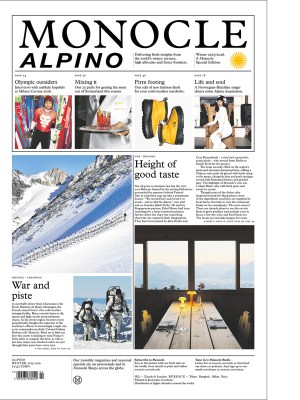Inside Mexico’s creative gold rush: four high-growth industries to watch
From department stores to film producers, here are the sectors delivering beyond expectations.
1.
Film production
“We came to Mexico and never left,” says Austrian Alexandra Ruths Braas, explaining how she ended up in the country alongside her business partner, Paul Krauskopf Romero, a German of Mexican heritage. The pair arrived in 2014 with a grant to make documentaries. More than 10 years later, Ruths Braas is still here, while Krauskopf Romero helms the Munich outpost of their company, Romero & Braas, which facilitates international film productions in Mexico, as well as making original content. “We help productions feel at home away from home,” says Ruths Braas. That means everything from location scouting to dealing with permits and sourcing technical providers. “There are people in Mexico who are used to an American way of working,” says Ruths Braas. “There’s amazing talent here.”

Netflix recently announced an investment of more than $1bn (€850m) in Mexican films and TV series over the next four years. The deal cements the country’s status as a rising filmmaking nation, which can only bode well for the likes of Romero & Braas. “There has been more growth in the past four years than in the past 15 or 20,” says Ruths Braas.
romeroandbraas.com
2.
Graphic design
Mexico City-based studio owner Adolfo López-Serrano didn’t set out to build his own studio. What began as a solo consultancy evolved into Base Agency in 2018, which today works with brands such as Revolve and Wix. Base is one of many Mexican firms helping to redefine where the world turns to for design. “We have a dynamic creative ecosystem here and great talent,” says López-Serrano. As a bonus, operating costs are relatively low.
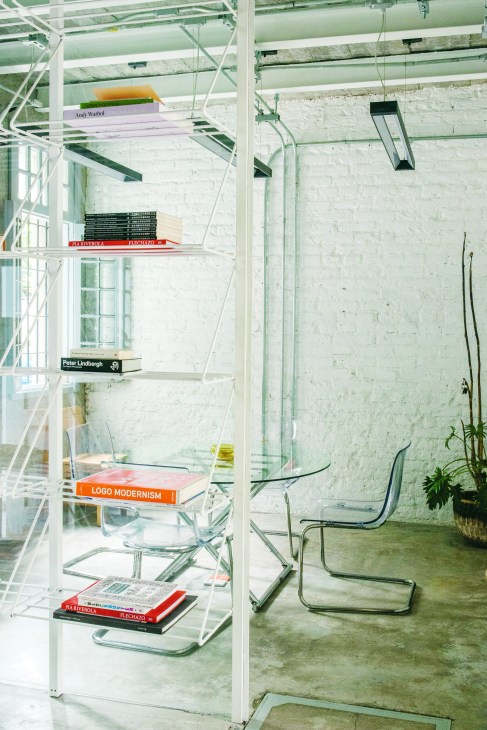

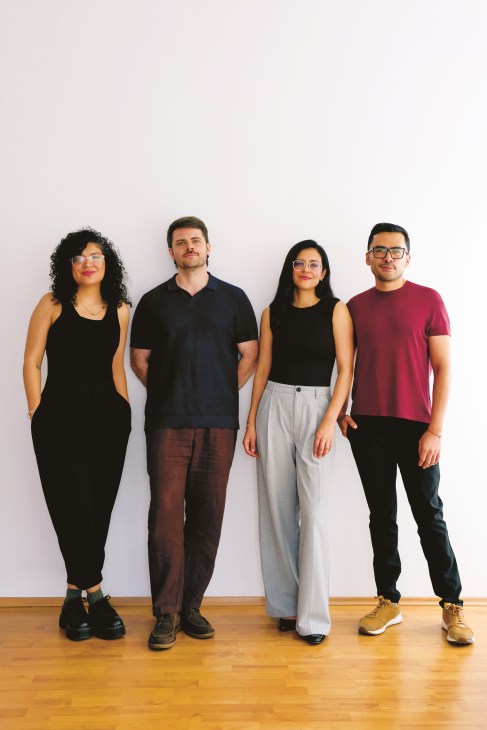
By the end of 2024, Mexico was home to more than 60,000 graphic designers. UK-born Andy Butler is the founder of Deduce Design, a Mexico City-based practice that has worked with everyone from Nike to Grupo Habita, the country’s leading hotelier. International perceptions, he says, are rapidly shifting. “Mexican designers are being sought out not just for value but for their creative vision.”
While Mexico City leads when it comes to the concentration of designers, some of the strongest work is coming from unexpected places, such as Cocay Branding in Quintana Roo and Prizma Studio in Sinaloa. Walk through any Mexican city and you’ll see the fruits of the nation’s design scene all around you – in street signs, protest posters and hand-drawn menus. This colourful visual culture is making Mexico a magnet for creative talent.
3.
Hospitality
Mexico’s F&B sector is expected to grow by 6 per cent in 2025, buoyed by a rise in food tourism (which received a boost when Michelin launched its first guide to Mexico City in 2024). Opportunities abound for those trying something new. Take the capital’s Baldío, the nation’s first zero-waste restaurant and one of eight places in the city to have been awarded a green star by Michelin.
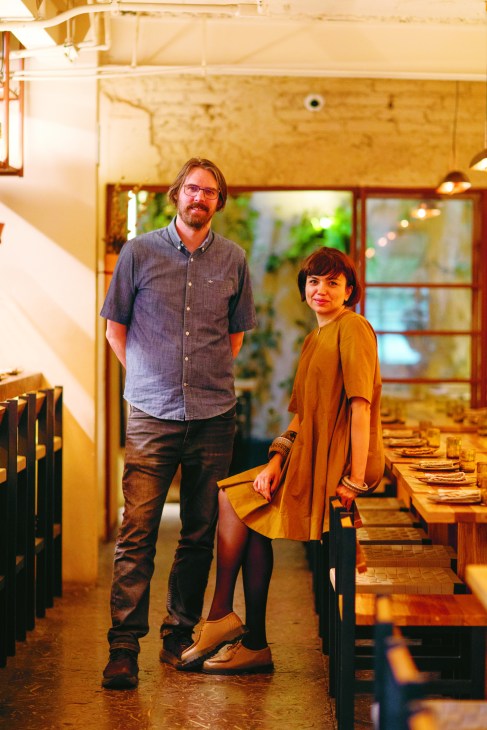

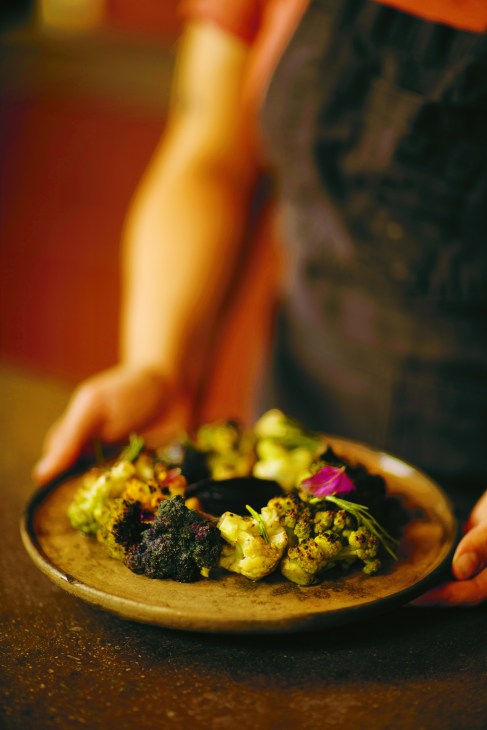
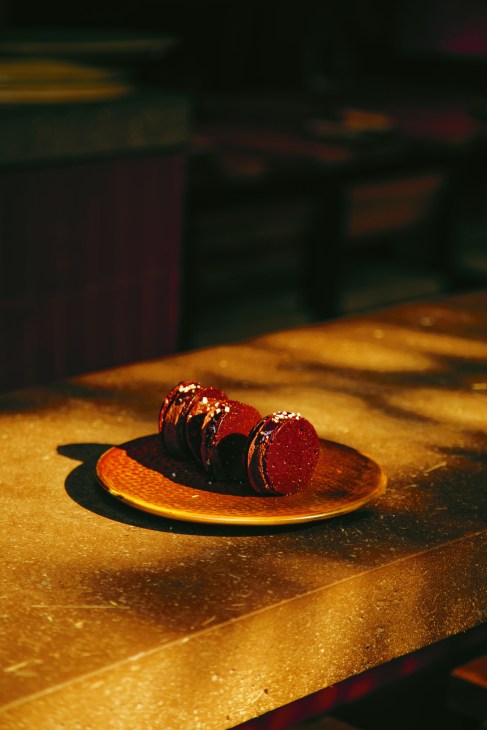
There are new openings across the country: in Mexico City, Masala y Maíz has a smart take on fusion, combining Mexican, African and Indian cuisines. In Guadalajara, Xokol has embraced the communal-table experience, while Mesa Temporal in Oaxaca offers a walking dinner in which patrons eat in different rooms, exploring specific ingredients in each. These risk takers are taking the country’s hospitality scene in fresh directions.
4.
Department stores
While US department stores such as Macy’s have been struggling, the picture couldn’t be rosier south of the border. Leading the pack is El Palacio de Hierro (The Iron Palace), a luxury player that has bet big on Latin American shoppers’ love of experiential shops, while also snapping up exclusive distribution deals with brands such as Loewe and Hermès. Last year its net profits were up by 23 per cent on 2023. How does it do it? First, it doesn’t skimp on costs. In 2015, for example, it spent almost $300m (€259m) on refurbishing its pyramid-like flagship in Mexico City. Second, it continues to branch out into new markets, with the most recent being in León in 2024.
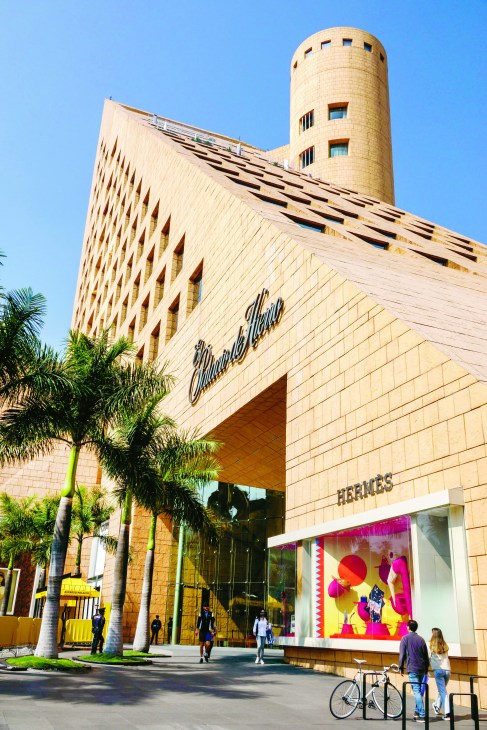
El Palacio de Hierro isn’t the only department store that is demonstrating that multi-brand, in-person retail is a growth sector in Mexico. Take Liverpool, a group that dates back 175 years and operates 345 outposts across the country. Alongside a recently acquired 49.9 per cent stake in the US’s Nordstrom, it plans to open about 30 new shops in Mexico this year, many of which will be its smaller-format Liverpool Express stores. Meanwhile, another retailer, Coppel, has announced a $4.2bn (€ 3.6bn) investment in e-commerce and new shops. The skies are bright for Mexico’s department stores.
liverpool.com.mx; elpalaciodehierro.com
Images: Jeffrey Isaac Greenberg/Alamy Stock Photo, Anna Pla-Narbona, Alejandro Ramirez, Alejandra Velazquez
Read more from Monocle’s 2025 Mexico Survey:
- Three game-changing developments about to transform Mexico City
- Entrepreneurs to watch: the forward-thinkers making new paths in Mexican industries
- Eight ideas for Mexican businesses that are ripe for the taking
- Meet the self-starters behind the clever hospitality boom in Oaxaca City
- The entrepreneurial trailblazers revitalising Guadalajara’s art scene
- Oaxaca Aerospace’s Mexican-built plane has beaten the odds and is ready for takeoff


